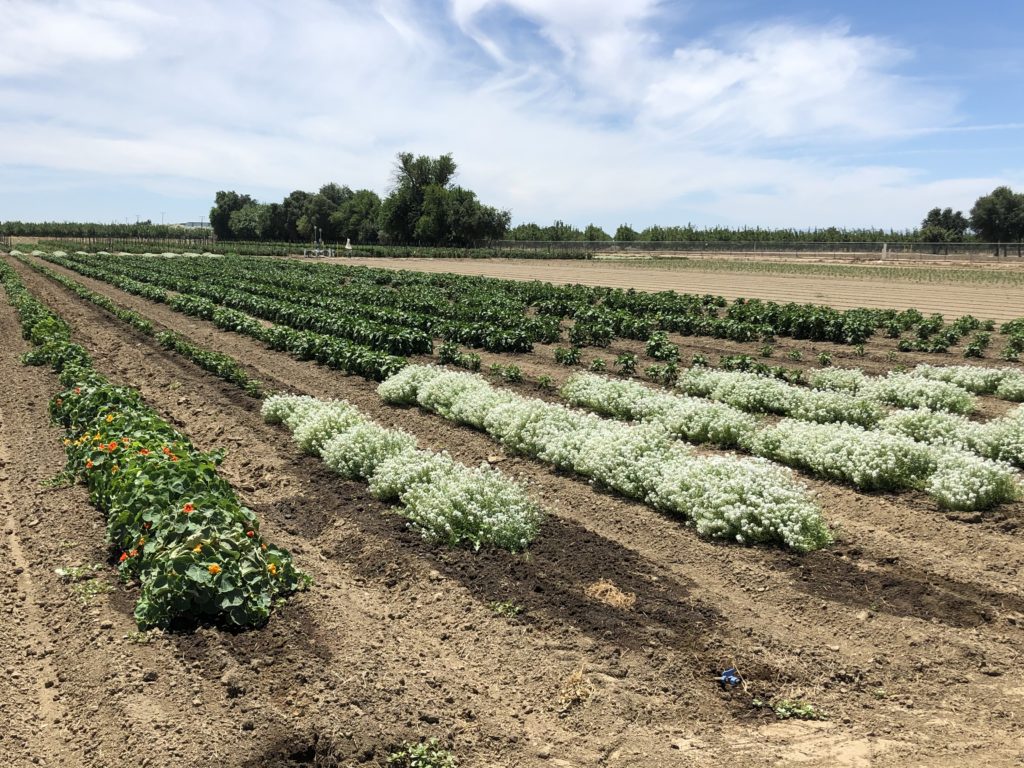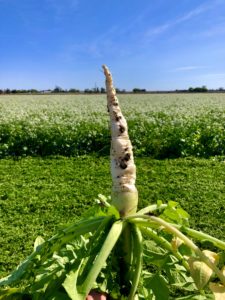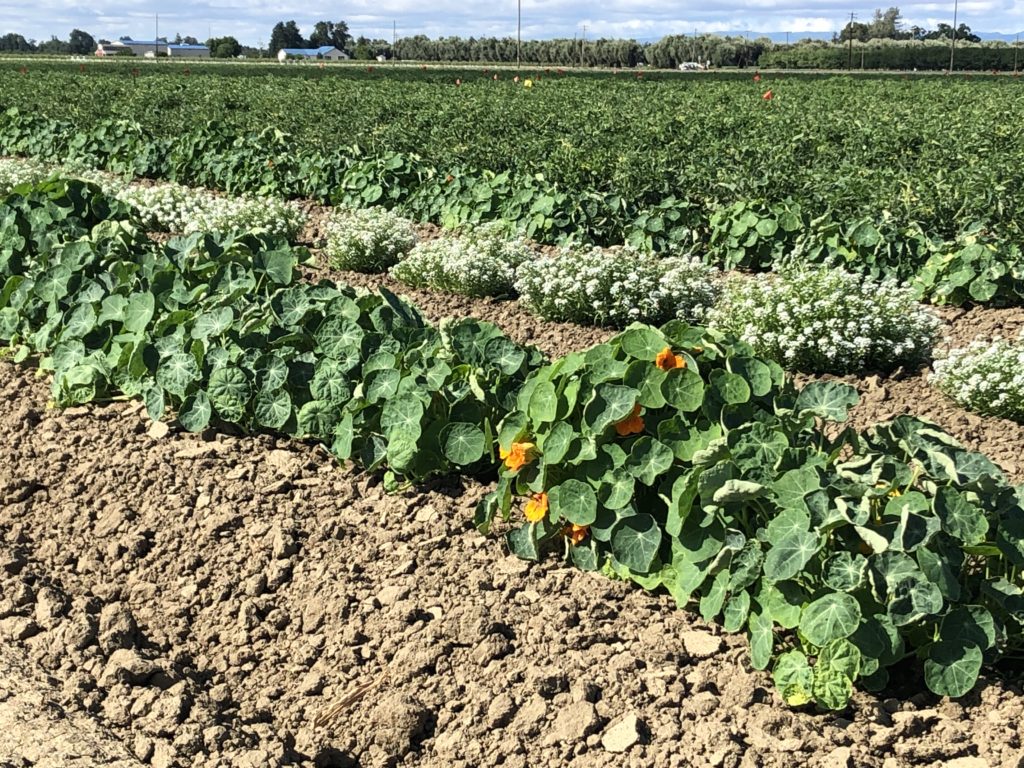Woodland, California, USA
October 30, 2020
When it comes to producing healthy food and profitable crops year after year, farmers need a number of tools in their arsenal to get the job done. Good genetics, different trait selections, plant nutrition and crop protection products are a few of the tools most farmers use. But the farm scape and the ecosystem within the farm may be just as important. That’s what Bayer is exploring on its Green Farm in Woodland, California.

This past year, Bayer established its Green Farm to see how changing up traditional farm plots and planting different borders and plants could help:
- Promote healthy soil;
- Provide a habitat for pollinators and beneficial insects;
- Correct soil pH imbalances;
- Suppress problematic weeds;
- Reduce pesticide application; and
- Improve soil compaction, drainage and water retention.
“A more biodiverse farm is typically more stable, because you’re working with nature,” says Will Allen, Farm Manager at Bayer’s Woodland research site. “We planted a variety of crops, shrubs and vegetation to increase the biodiversity of the farm to help control the weed and pest pressure through cultural practices first.”
The Woodland Green Farm featured:
- Oats, beans and vetch – which helped add organic material to the soil
- Teff grass – to shade out weeds and reduce the weed bank
- Alfalfa strips – which cut down on dust and reduced mite pressure 50-60% of mite pressure
- Pollinator gardens – an assortment of California native plants, low-water users and flowers at different heights to attract flowers, bees, caterpillars, moths and birds
- Shrubs planted in long strips to filter the wind and give bugs an alternative place to go besides the fresh, green crops
- Alyssum — planted at the end of each crop row to attract thrips (also known as a trap crop)

Although the Green Farm has only been in production for one year, it’s netted positive results with pesticide use.
So why would a company that sells crop protection products be so focused on reducing the need for those products?
“We want to provide farmers with the most productive way to get the best crop they can,” says Tyler Meier, Open Field Agronomy Lead, Bayer. “At Bayer, we’ve always developed cutting edge advancements and innovations to help farmers. We want to provide a total solution for them, so they have a variety of options to use on their farm.

Bayer’s Green Farm operates on a 4-year crop rotation, so it is a multi-year project. Throughout each growing season, the Woodland team monitors the entire ecosystem of the farm, takes weekly snapshots of conditions from regular scouting, and then determines if treatment is necessary. Then they identify what kind of treatment is best – biological, chemical or a cultural control. Ultimately the team wants to show real year-after-year data, so growers have another option to help boost their productivity and yields.